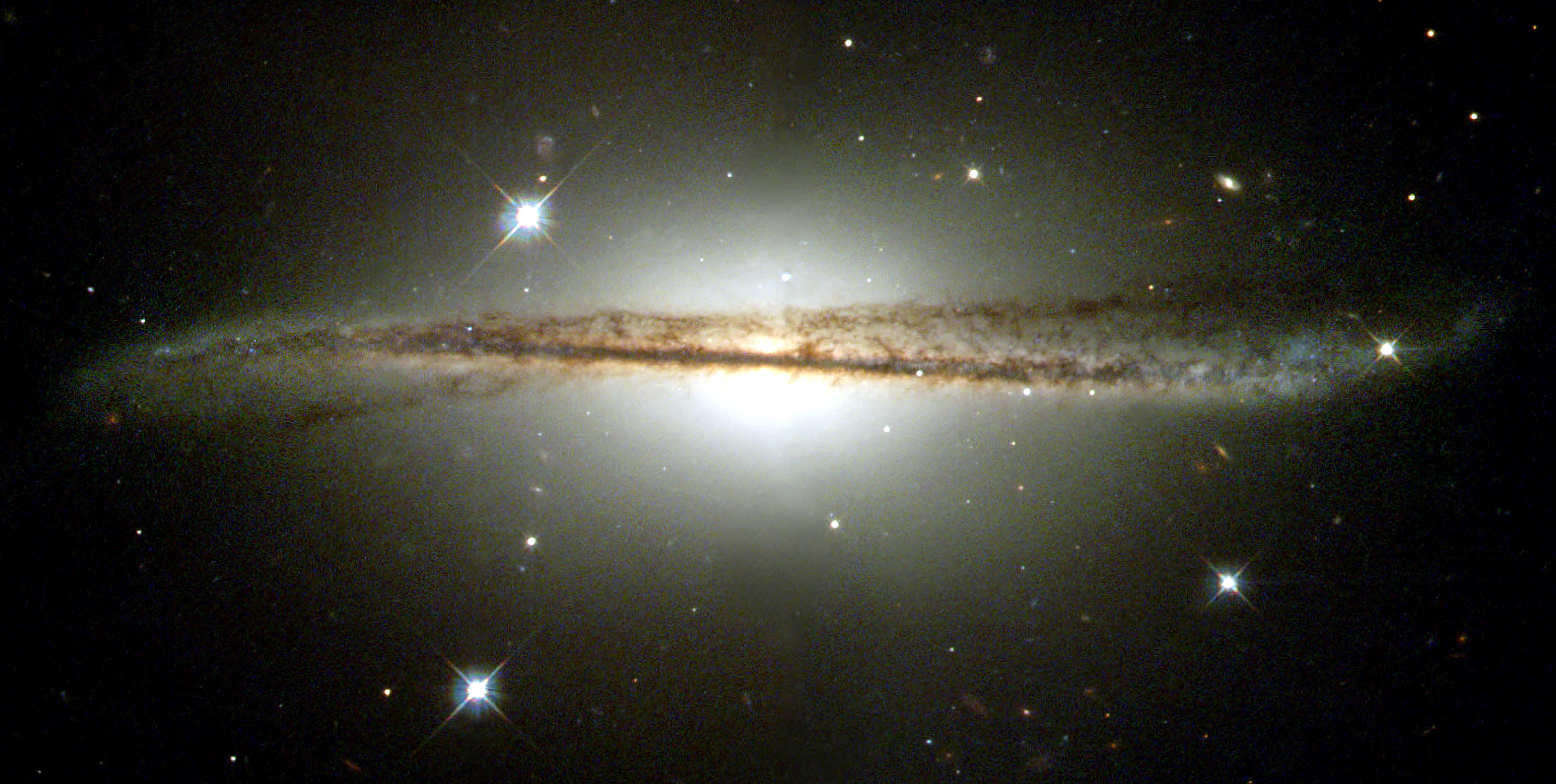Astronomers identify oldest galaxies in the universe
- Select a language for the TTS:
- UK English Female
- UK English Male
- US English Female
- US English Male
- Australian Female
- Australian Male
- Language selected: (auto detect) - EN

Play all audios:

Some of the earliest galaxies in the universe are closer and older than was first thought in what scientists are describing as a breakthrough discovery. Astronomers from Durham University’s
Institute for Computational Cosmology have uncovered two clusters of galaxies on the fringes of our own galaxy – the Milky Way – that are thought to be around 13 billion years old, Sky News
reports. The team of astronomers, along with scientists from the Massachusetts-based Harvard-Smithsonian Center for Astrophysics, have likened the discovery to finding “the remains of the
first humans that inhabited the Earth”. SUBSCRIBE TO THE WEEK Escape your echo chamber. Get the facts behind the news, plus analysis from multiple perspectives. SUBSCRIBE & SAVE SIGN UP
FOR THE WEEK'S FREE NEWSLETTERS From our morning news briefing to a weekly Good News Newsletter, get the best of The Week delivered directly to your inbox. From our morning news
briefing to a weekly Good News Newsletter, get the best of The Week delivered directly to your inbox. According to the BBC, the first cluster of galaxies appear to have formed during a
period that scientists call the “cosmic dark ages”. This period occurred around 380,000 years after the Big Bang happened and lasted roughly 100 million years. The second, meanwhile,
contains “slightly brighter” galaxies than the first, which suggests it was formed “hundreds of millions of years” later, the BBC reports. Prior to the discovery, researchers had developed a
model that predicted how the first galaxies were formed in the universe, the Daily Mail says. What’s remarkable, though, is that the model matches “perfectly” the data gathered from
locating the two galaxy clusters, the paper adds. Dr Sownak Bose, a researcher at the Harvard-Smithsonian Center for Astrophysics, said the discovery wouldn’t have been possible a decade
ago. Ten years ago older theoretical models weren’t capable of identifying the faintest galaxies in the nearby vicinity of the Milky Way. But the “increasing sensitivity” of models used to
predict the locations of galaxies means a “new trove” of tiny star systems are now waiting to be investigated, he said. Explore More space In Brief